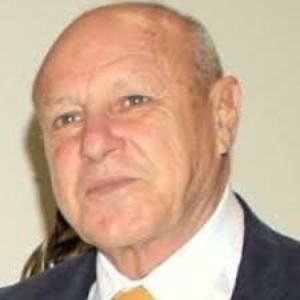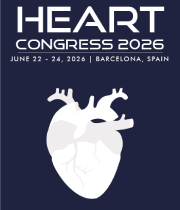Cardiovascular Echography
There are different types of echocardiography, each serving specific clinical purposes. Transthoracic echocardiography (TTE) involves placing the ultrasound transducer on the chest to obtain images of the heart from the chest wall. Transesophageal echocardiography (TEE) is a more invasive but highly detailed technique where the transducer is introduced into the esophagus, providing clearer images of certain cardiac structures. Stress echocardiography involves assessing the heart's response to physical stress, such as exercise or pharmacological stimulation, to evaluate coronary artery disease. Echocardiography is not only valuable in diagnosing cardiovascular diseases but also plays a crucial role in guiding interventional procedures, monitoring cardiac surgeries, and assessing the effectiveness of therapeutic interventions. As technology continues to advance, including the integration of three-dimensional echocardiography and strain imaging, cardiovascular echography remains an indispensable tool in the comprehensive evaluation and management of individuals with a wide range of cardiac conditions.

Shuping Zhong
University of Southern California, United States
Ahdy Wadie Helmy
Indiana University School of Medicine, United States
Federico Benetti
Benetti Foundation, Argentina
Ishan Abdullah
George Washington University School of Medicine and Health Sciences, United States
Sana Tariq
Manchester University NHS Foundation Trust, United Kingdom
Achi Kamaraj
Royal Brisbane and Women’s Hospital, Austria



Title : Historical evolution from OPCAB to MIDCAB to mini OPCAB surgical technique and results
Federico Benetti, Benetti Foundation, Argentina
Title : Fats of Life, the skinny on statins and beyond !
Ahdy Wadie Helmy, Indiana University School of Medicine, United States
Title : Novel ways of cardiovascular risk assessment
Syed Raza, Awali Hospital, Bahrain
Title : Study of pathological cardiac hypertrophy regression
Shuping Zhong, University of Southern California, United States
Title : Personalized and Precision Medicine (PPM) and PPN-guided cardiology practice as a unique model via translational applications and upgraded business modeling to secure human healthcare, wellness and biosafety
Sergey Suchkov, N. D. Zelinskii Institute for Organic Chemistry of the Russian Academy of Sciences, Russian Federation
Title : Atypical takotsubo cardiomyopathy presenting as st-elevation myocardial infarction
Sana Tariq, Manchester University NHS Foundation Trust, United Kingdom